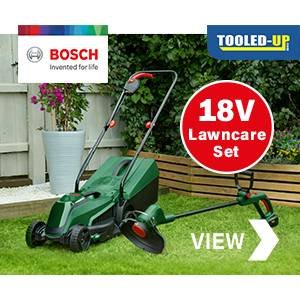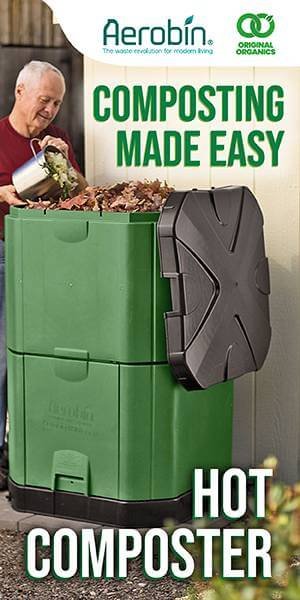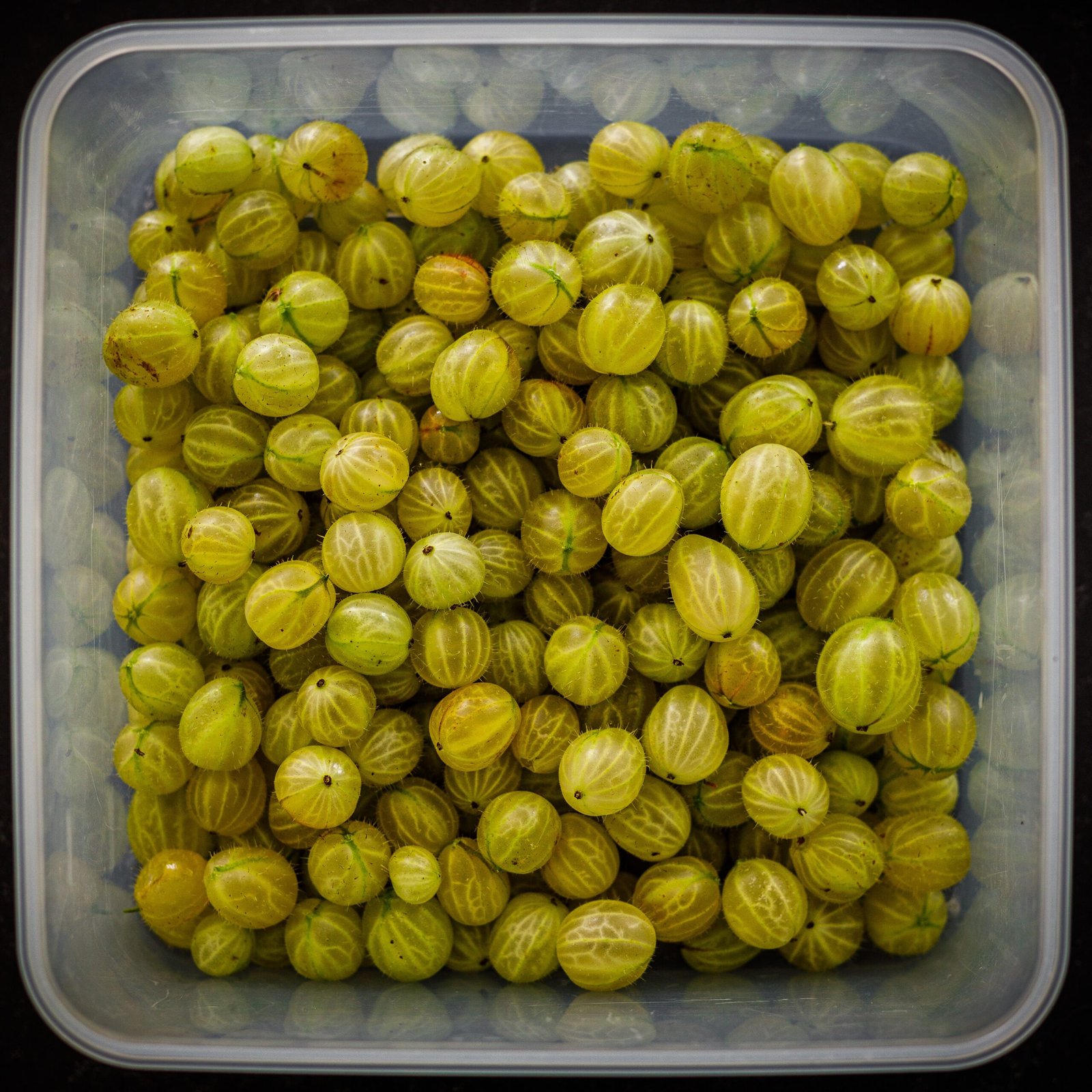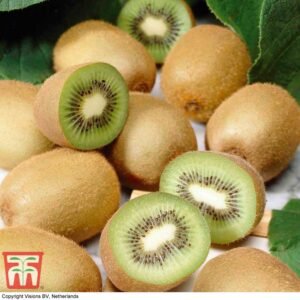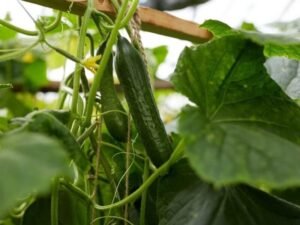Sunflowers (Helianthus annuus) are vibrant and iconic flowers that are native to North America. These tall and majestic plants are known for their large, yellow blooms that resemble the sun. In this plant profile, we will explore the facts, uses, planting, ongoing care, pruning and training, propagating, pests, and problems associated with growing sunflowers.
Facts about Sunflowers
Sunflowers are annual plants that can grow up to 10 feet tall, depending on the variety. They have a fast growth rate and can reach their full height within a few months. The flowers typically bloom in the summer and attract bees, butterflies, and birds. Sunflowers have a deep taproot system that helps them withstand drought conditions.
Uses of Sunflowers
Sunflowers have both ornamental and practical uses. They are commonly grown in gardens for their beauty and as a source of cut flowers. Sunflower seeds are also harvested for various purposes, including oil production, bird feed, and human consumption. The oil extracted from sunflower seeds is used in cooking, skincare products, and as a biodiesel fuel.
Planting Sunflowers
Sunflowers thrive in full sun, so choose a location that receives at least 6-8 hours of direct sunlight per day. They prefer well-draining soil with a pH range of 6.0 to 7.5. Sow the seeds directly into the ground after the last frost date in spring. Plant the seeds about 1-2 inches deep and space them 6-12 inches apart, depending on the variety. Water the seeds thoroughly after planting.
Ongoing Care for Sunflowers
Water the sunflowers regularly, especially during dry spells, to keep the soil evenly moist. Avoid overwatering, as it can lead to root rot. Mulching around the base of the plants helps retain moisture and suppress weed growth. Fertilize the plants with a balanced, all-purpose fertilizer once a month during the growing season.
Pruning and Training
While sunflowers do not require extensive pruning, you can remove any damaged or dead leaves and flowers to maintain the plant’s appearance. If you want to encourage branching and multiple blooms, pinch back the main stem when the plant is about 12-18 inches tall. This will promote the growth of side shoots and result in more flowers.
Propagating Sunflowers
Sunflowers can be propagated from seeds or by dividing established plants. To collect seeds, allow the flower heads to fully mature on the plant. Harvest the heads and hang them upside down in a dry, well-ventilated area. Once the seeds are dry, remove them from the heads and store them in a cool, dry place until ready for planting.
Pests and Problems
While sunflowers are generally resilient, they can be susceptible to certain pests and problems. Common pests include aphids, slugs, snails, and birds. To deter birds from eating the seeds, cover the flower heads with mesh bags or cheesecloth. Regularly inspect the plants for signs of pests and take appropriate measures, such as using organic insecticides or introducing beneficial insects.
Keywords used: growing sunflowers, plant profile, sunflower plant profile, sunflower facts, sunflower uses, planting sunflowers, ongoing care for sunflowers, pruning and training sunflowers, propagating sunflowers, sunflower pests, sunflower problems.










